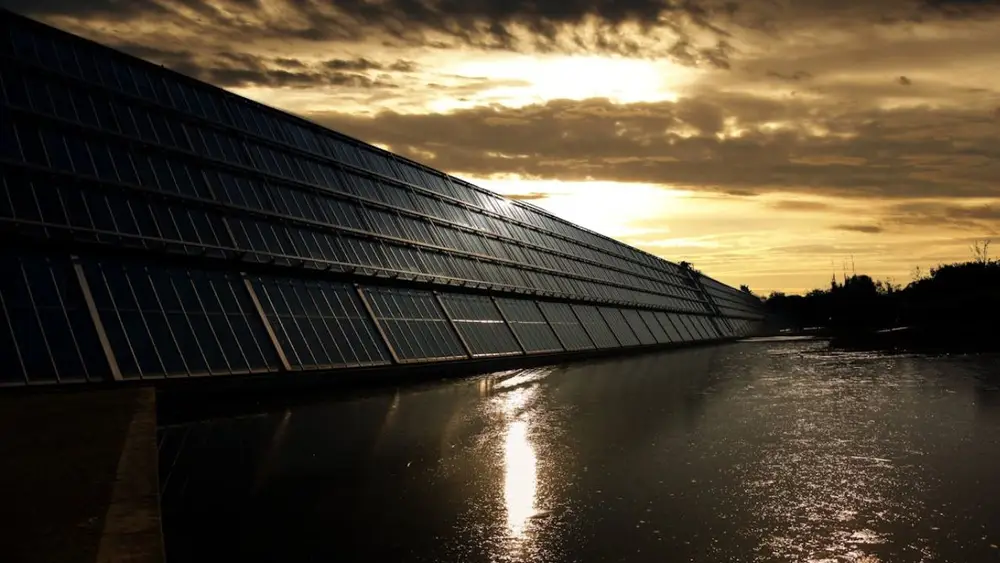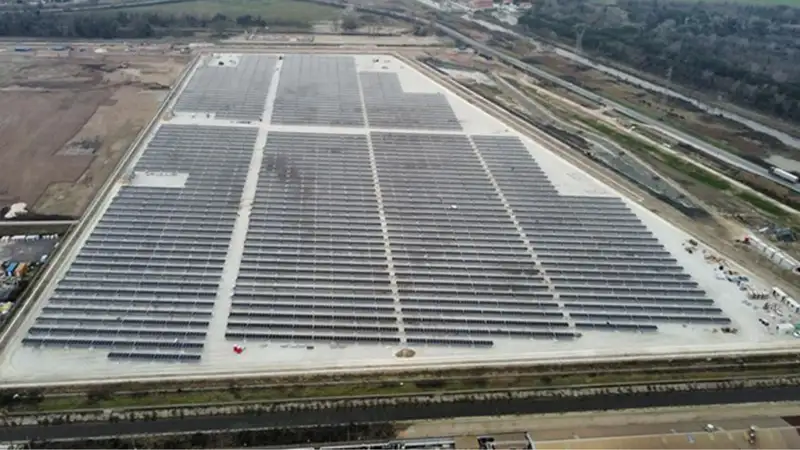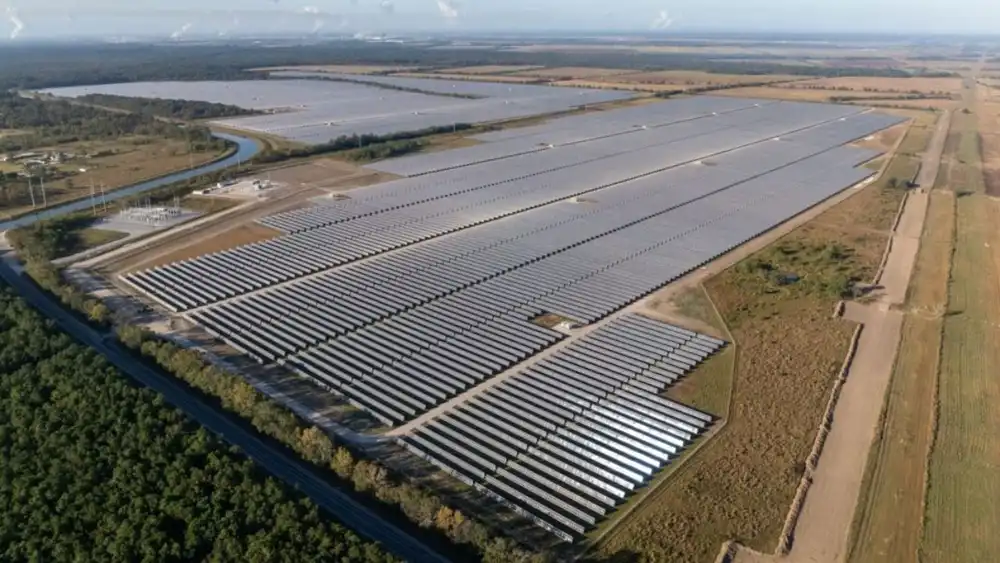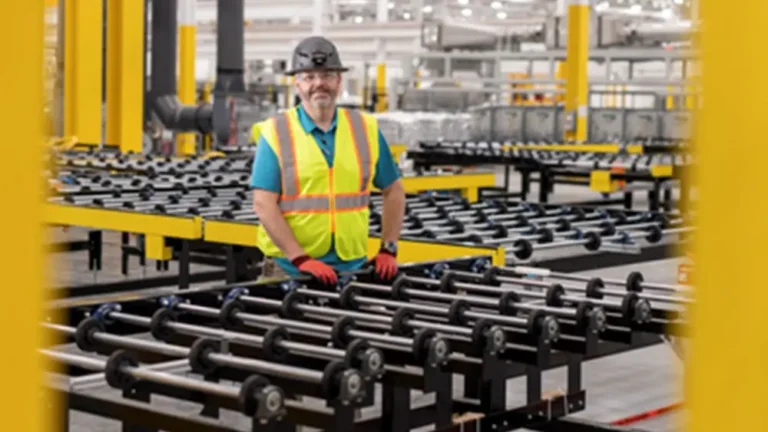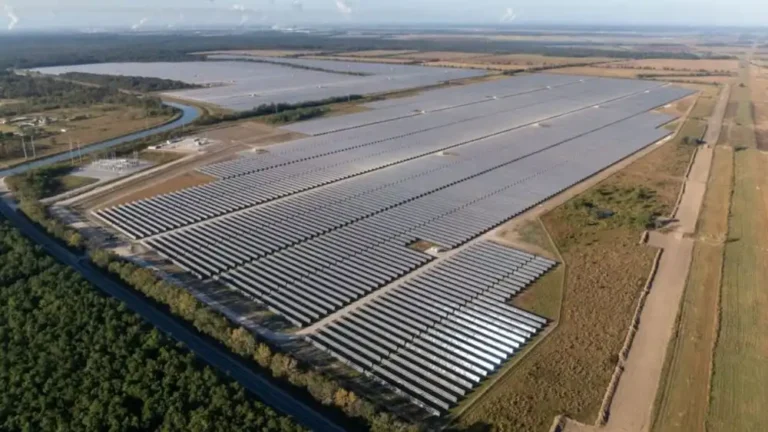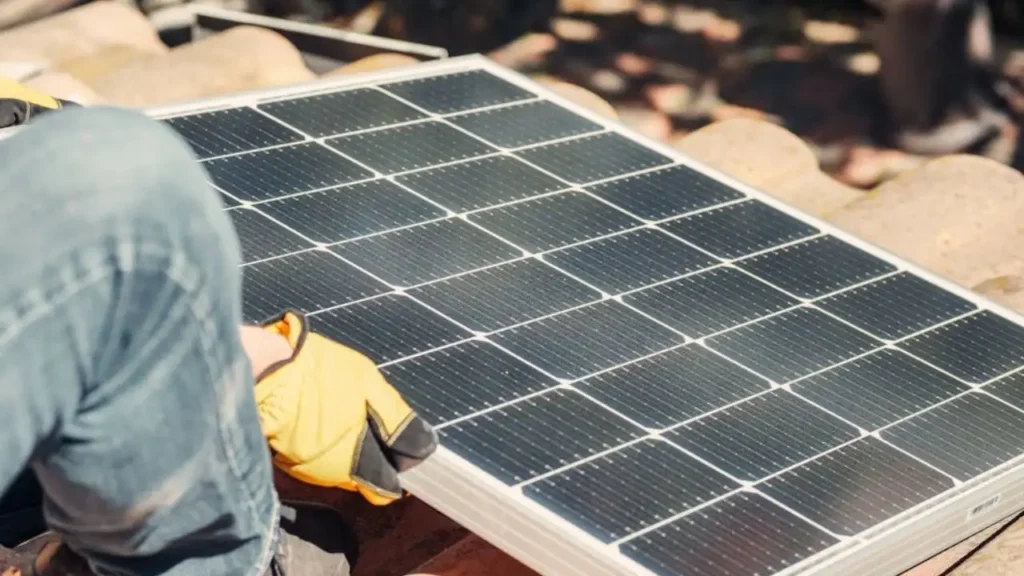
- Ted Glick pushes Bloomfield Council for solar panel installation.
- Mayor Ted Gamble promises updates by the next council meeting.
- Financial hurdles delay solar projects on municipal properties.
During the Bloomfield Council meeting on Monday, October 7, Ted Glick, a member of the Bloomfield Citizens Solar Campaign, asked the council about the progress on installing solar panels at two municipal properties. Mayor Ted Gamble responded, expressing hope for an update by the next meeting. Glick, however, reminded them this had been mentioned before.
Also read: Solar Panels to Be Installed Between Train Tracks in Switzerland
Glick expressed his continued hope for the solar project, noting that it has been over a year since the council initially agreed to consider solar panels for a parking lot behind the municipal building and the roof of a train station garage. He emphasized the garage’s suitability, mentioning that Talva Energy conducted an assessment and deemed it a viable option.
The main obstacle to moving forward is funding. Glick explained two approaches for the town: a lease agreement or a power purchase agreement. The latter involves minimal upfront costs, with state and federal tax credits available to help cover installation. However, Glick stated that neither location has enough space to significantly reduce installation costs, making a power purchase agreement unfeasible. This leaves Bloomfield with the option of funding the project independently.
In contrast, Glick highlighted the potential of solar installations on school district properties. Assessments from the state and Greener by Design found multiple viable roofs for solar panels, with the state identifying 11 and the latter reporting 10. He suggested that the schools could pursue a power purchase agreement since they have sufficient space.
Also read: Latest News on Solar Power, Sunlight Power Energy
Glick outlined the process for moving forward: obtaining bids for the project, selecting a company, and signing a contract. The chosen solar company would handle the purchase, installation, and maintenance of the panels over a 15-year contract period. The school district would pay a fee throughout this time, making it financially beneficial for the solar company due to the number of buildings involved.
He stressed the importance of solar energy in combating climate change. Glick explained, “Sunlight is free, while other energy sources come at a cost.” He noted that solar technology has improved and become more affordable globally. He urged Bloomfield to transition away from fossil fuels, which contribute to pollution and climate change.
Glick acknowledged that the township government has hesitated to invest, as it would require the town to own, install, and maintain the solar panels. He estimated the investment could reach around one million dollars, but asserted that it would lead to savings within seven to ten years. Glick expressed confusion over the school board’s reluctance, noting that an assessment predicted nearly $3 million in savings over 15 years.
Despite these challenges, several local houses of worship have successfully adopted solar energy, setting an example for the community. The Bloomfield Citizens Solar Campaign, founded in 2016, began with a small group of dedicated members who learned the intricacies of solar energy.
Glick concluded by emphasizing the urgency of solar energy adoption. He cited the growing threats posed by climate change, such as severe weather events and their impacts on education and daily life. Glick pointed out that recent flooding in Bloomfield was linked to changing weather patterns, making the case for swift action in the pursuit of renewable energy solutions.
As Bloomfield continues to weigh its options for solar panel installation, Glick’s advocacy shines a light on the need for local leaders to prioritize renewable energy. The next council meeting may reveal important developments, and community members are encouraged to stay engaged in this crucial conversation about sustainable energy solutions.

